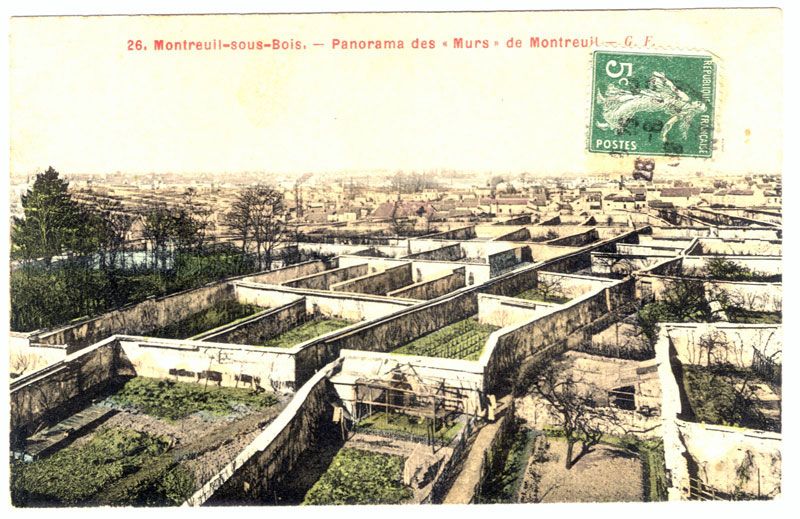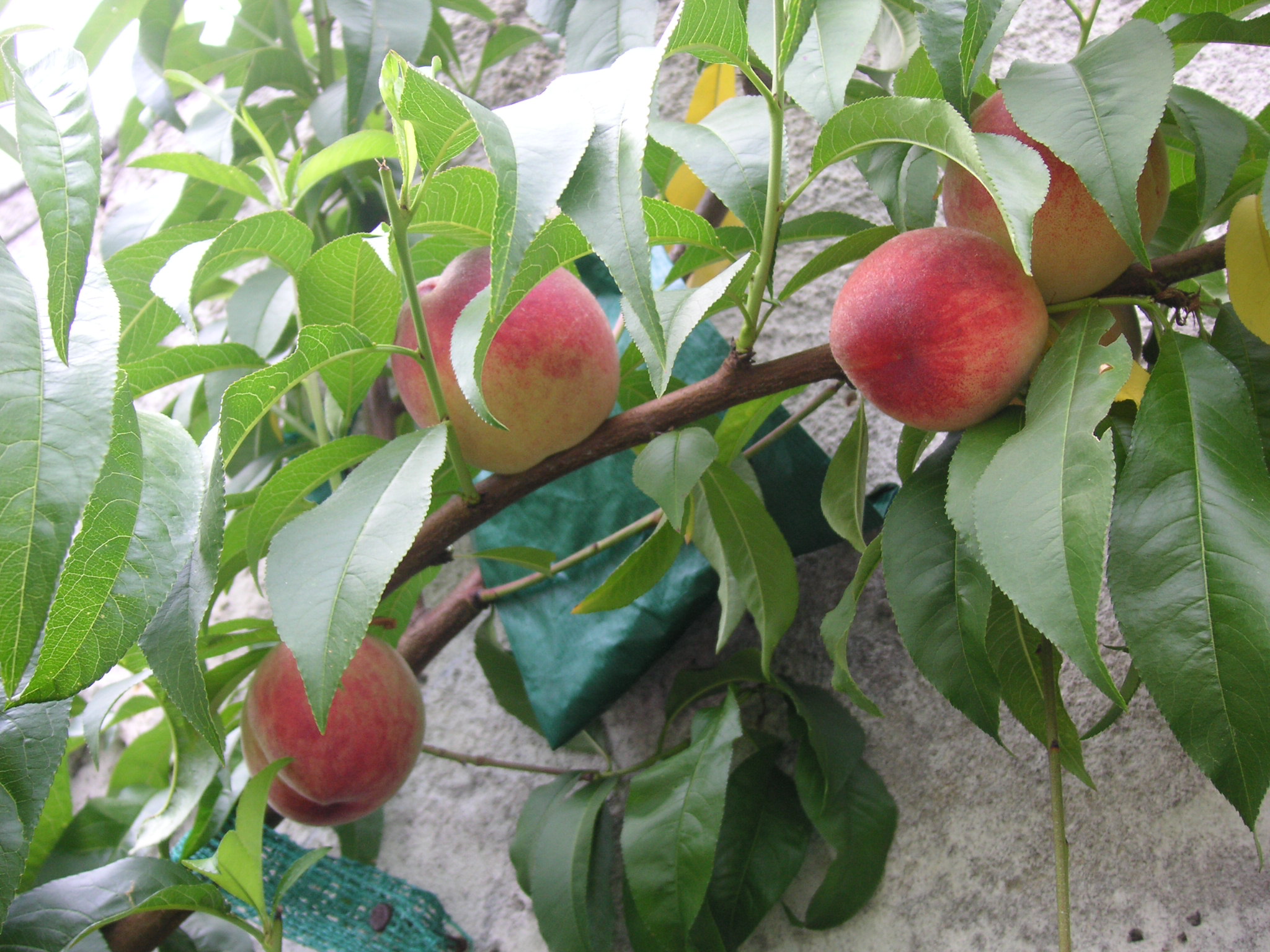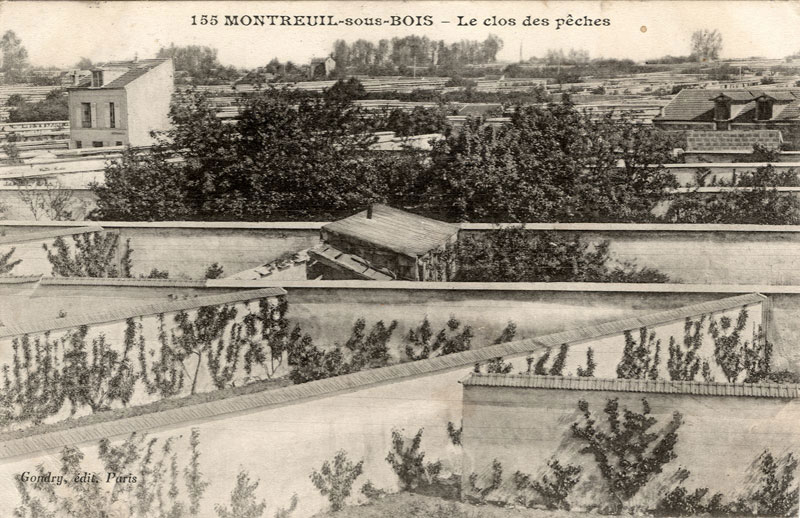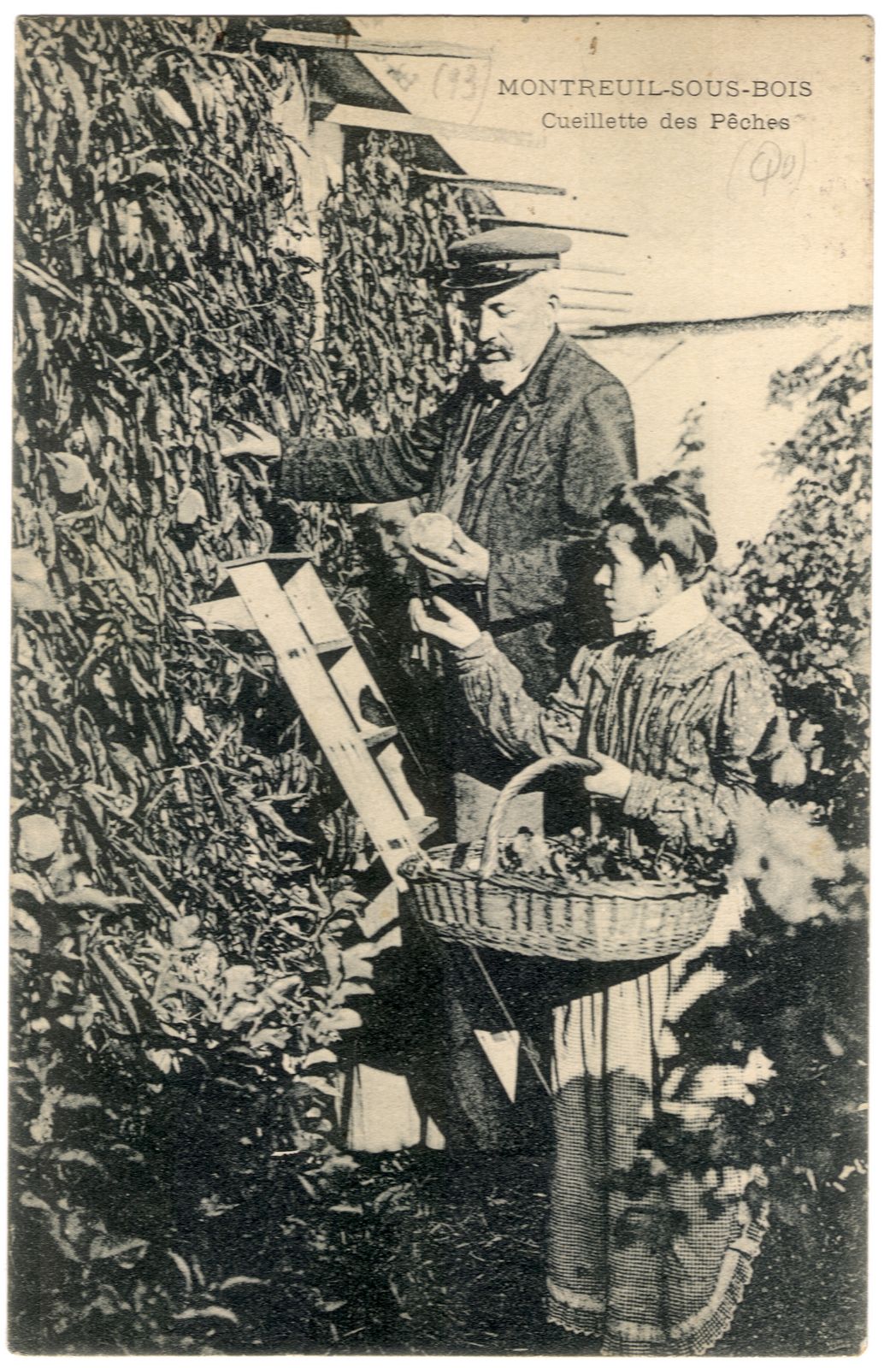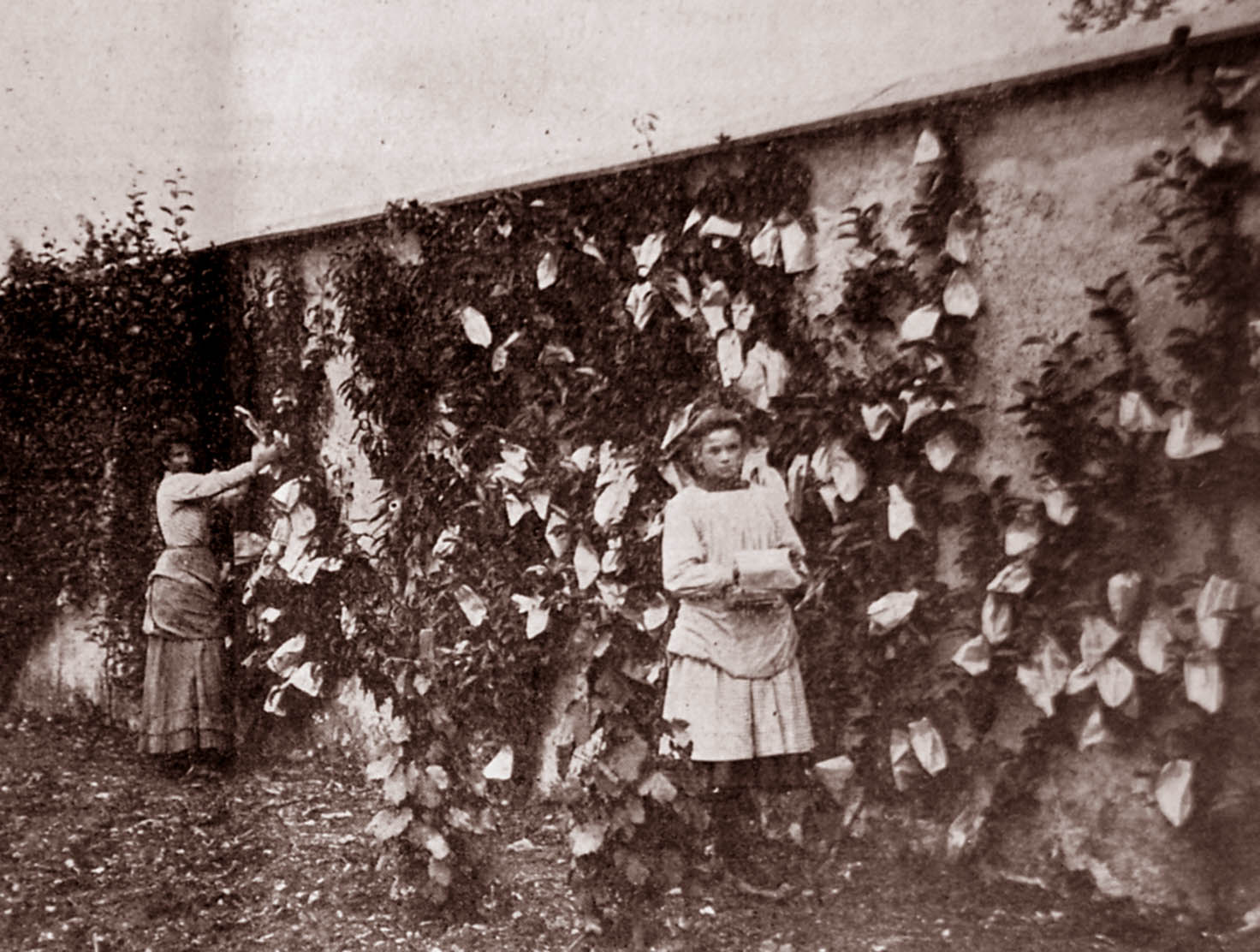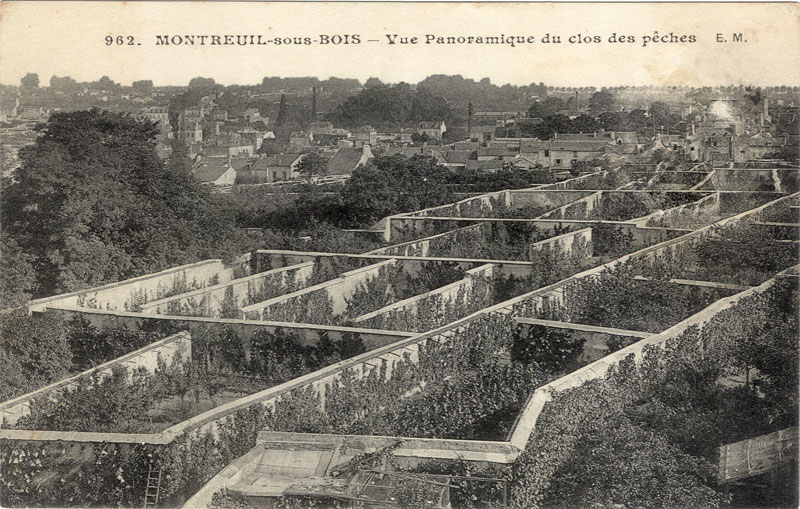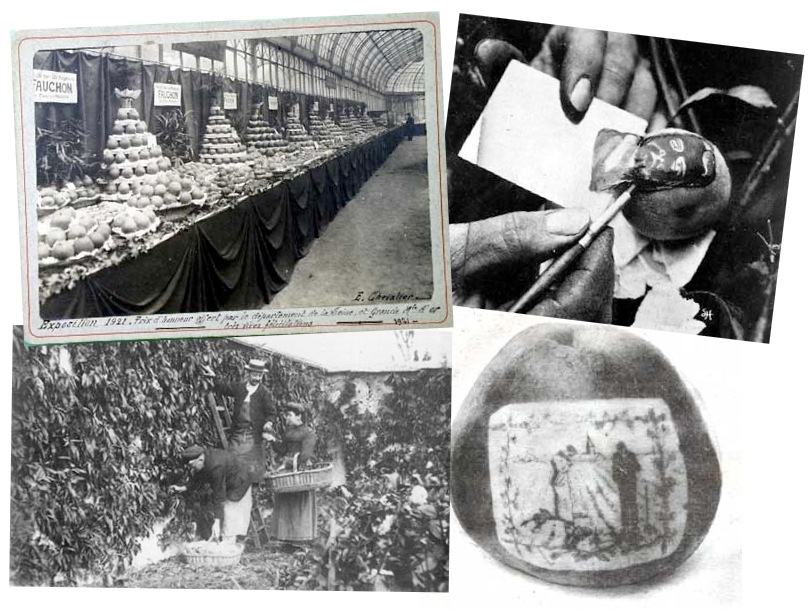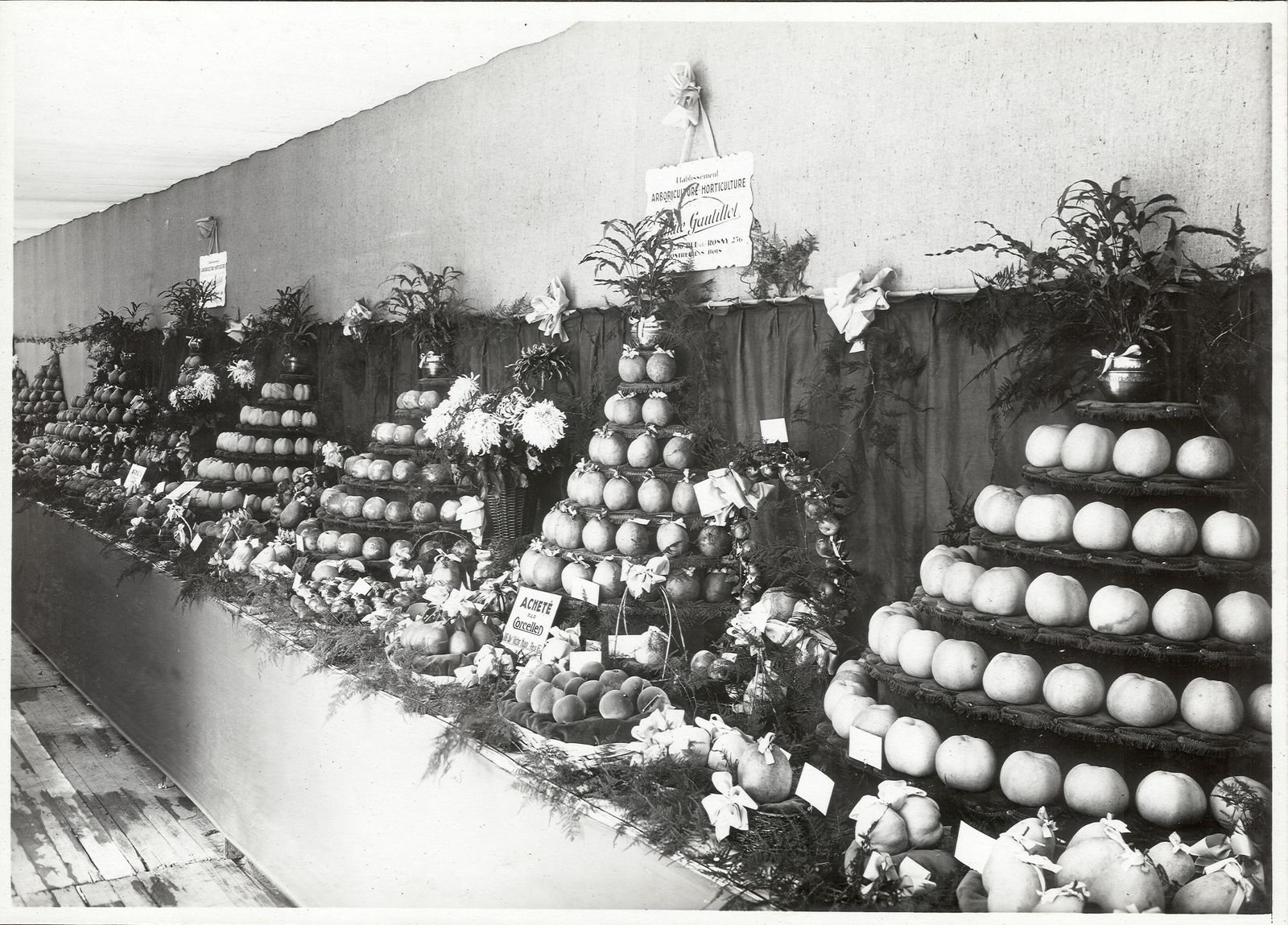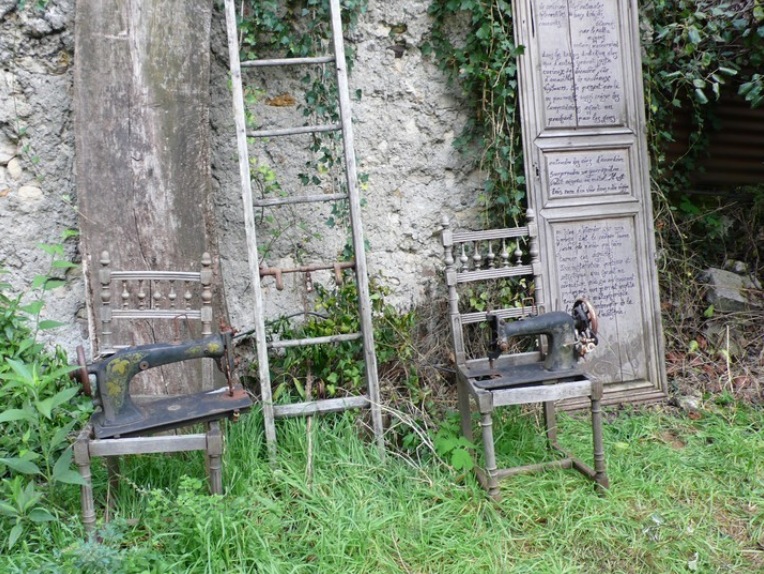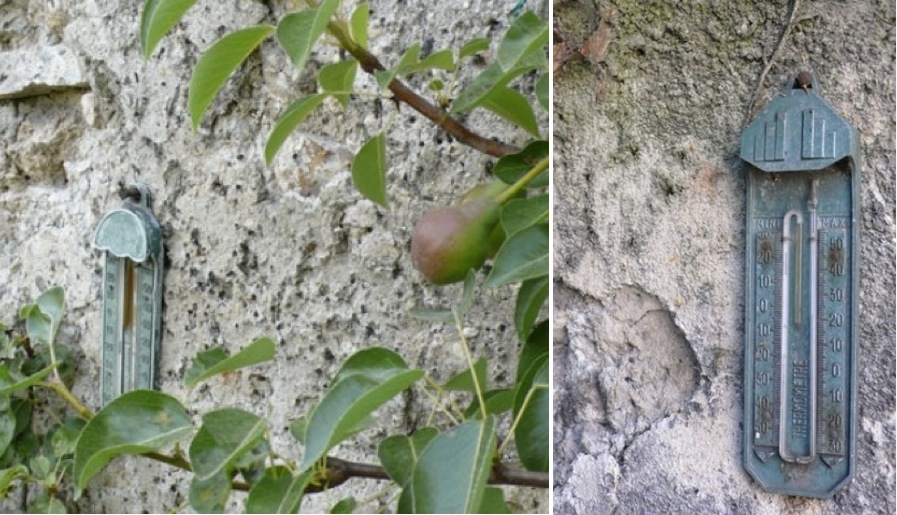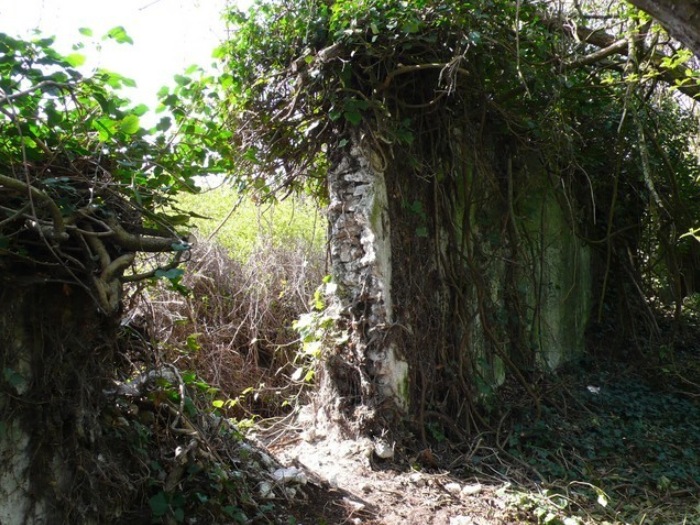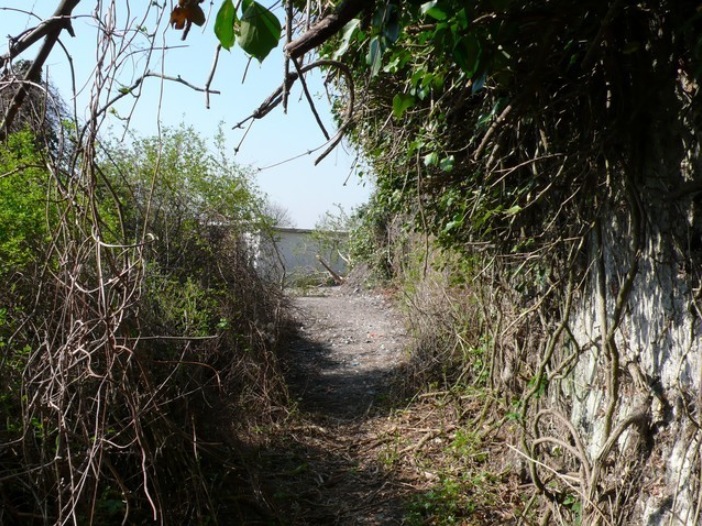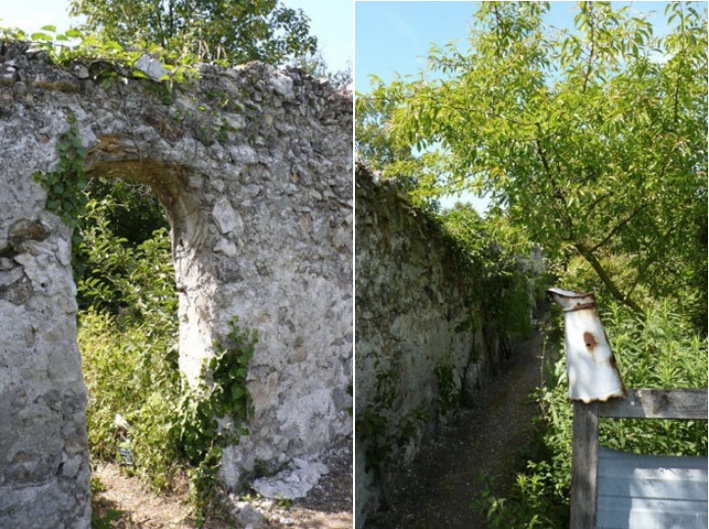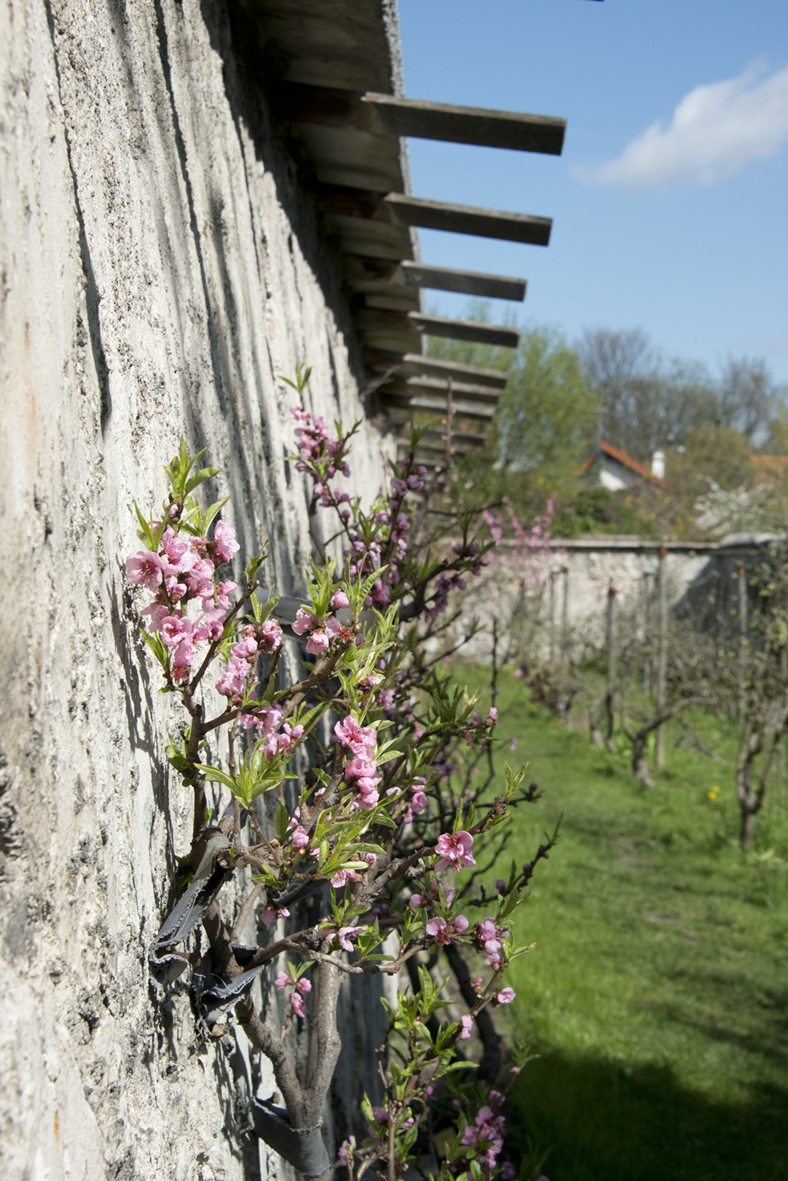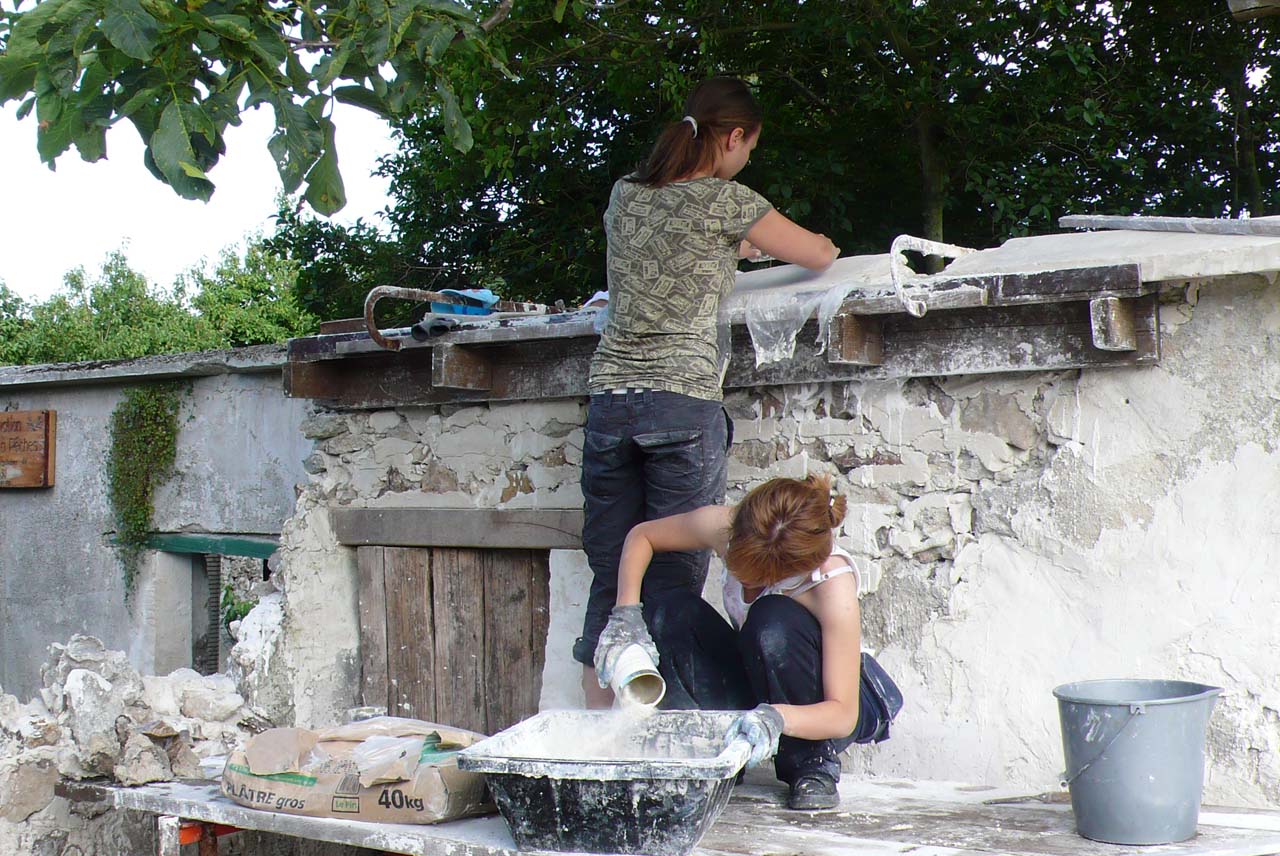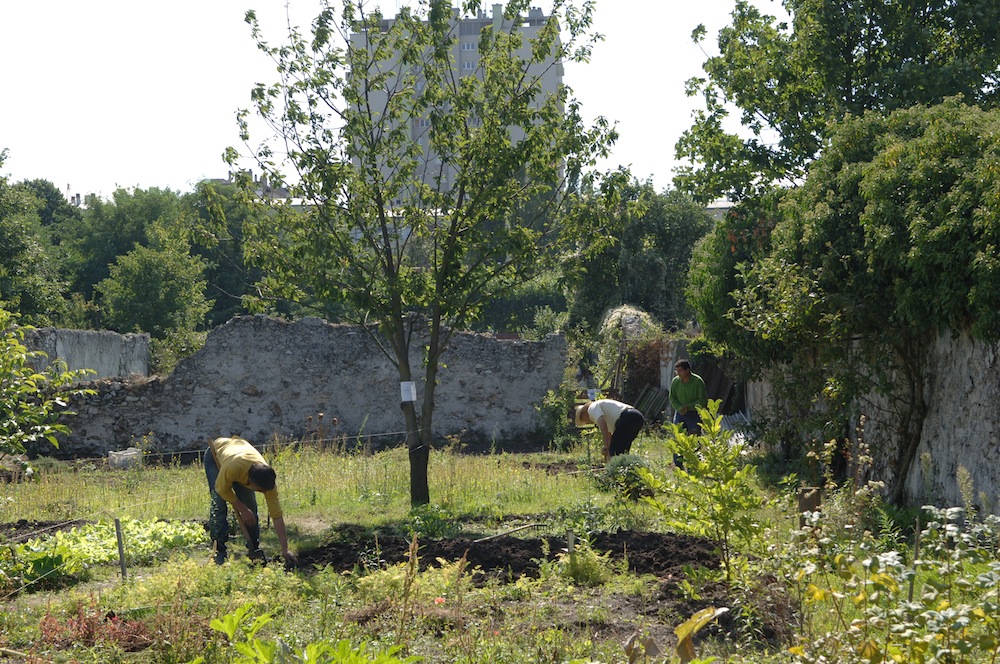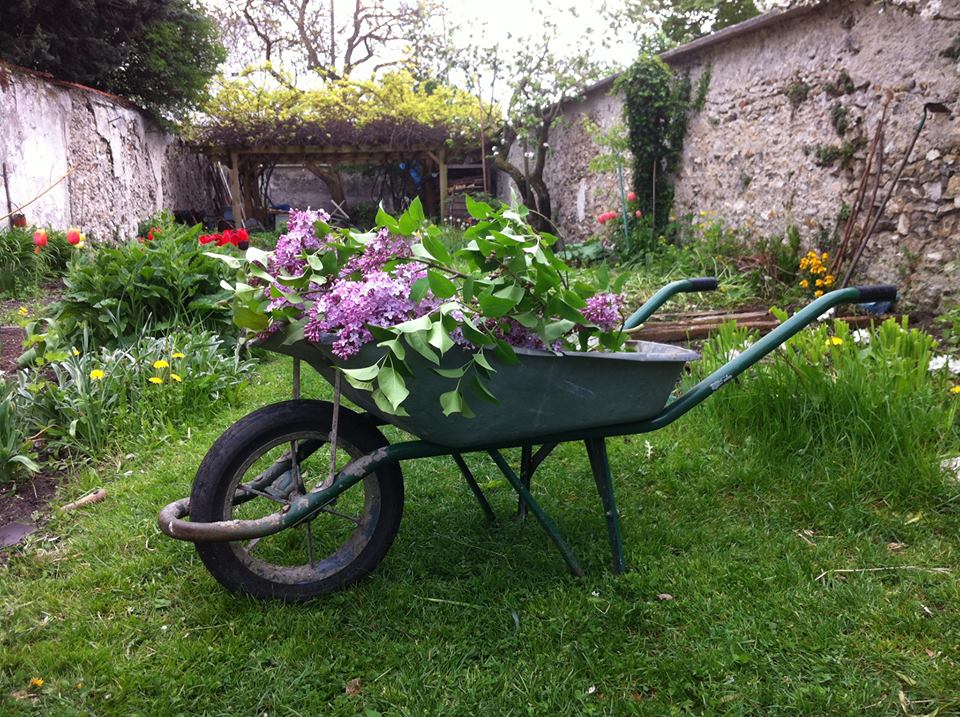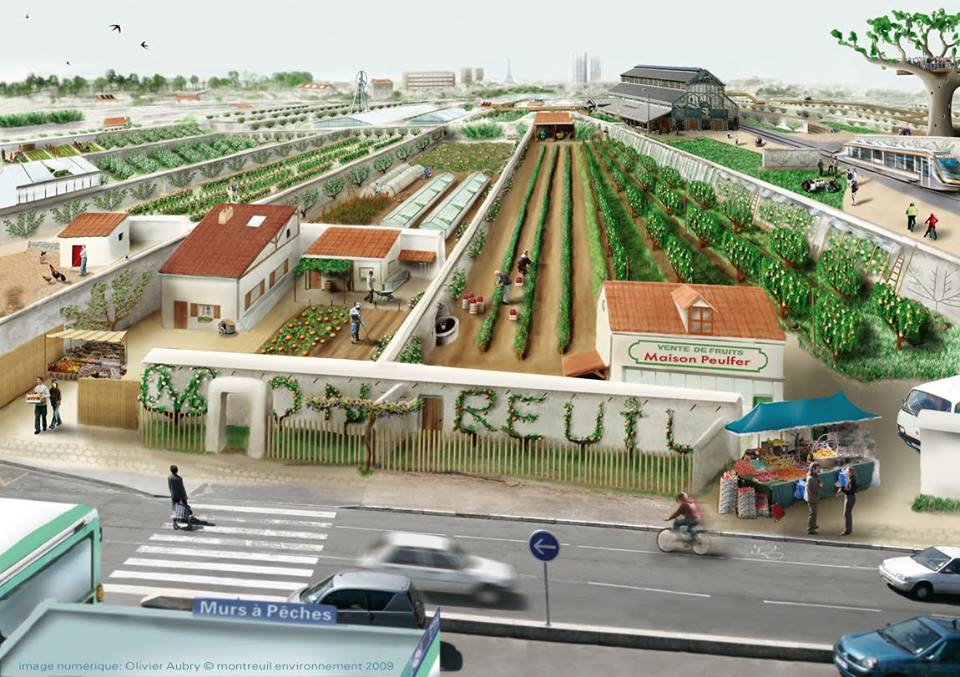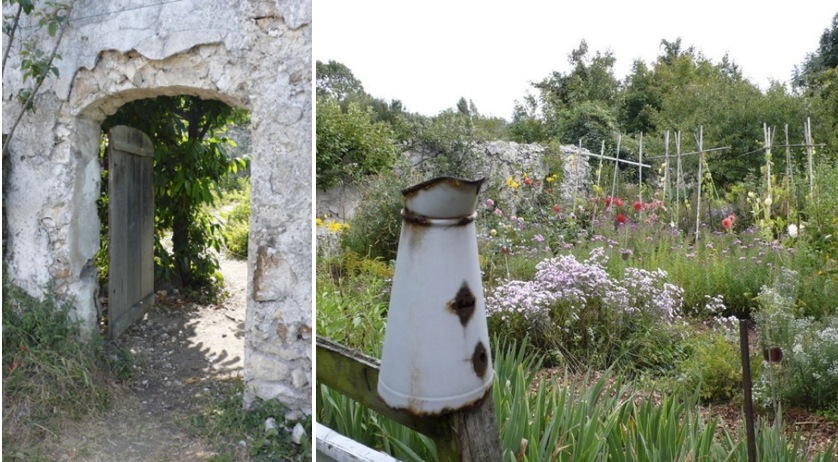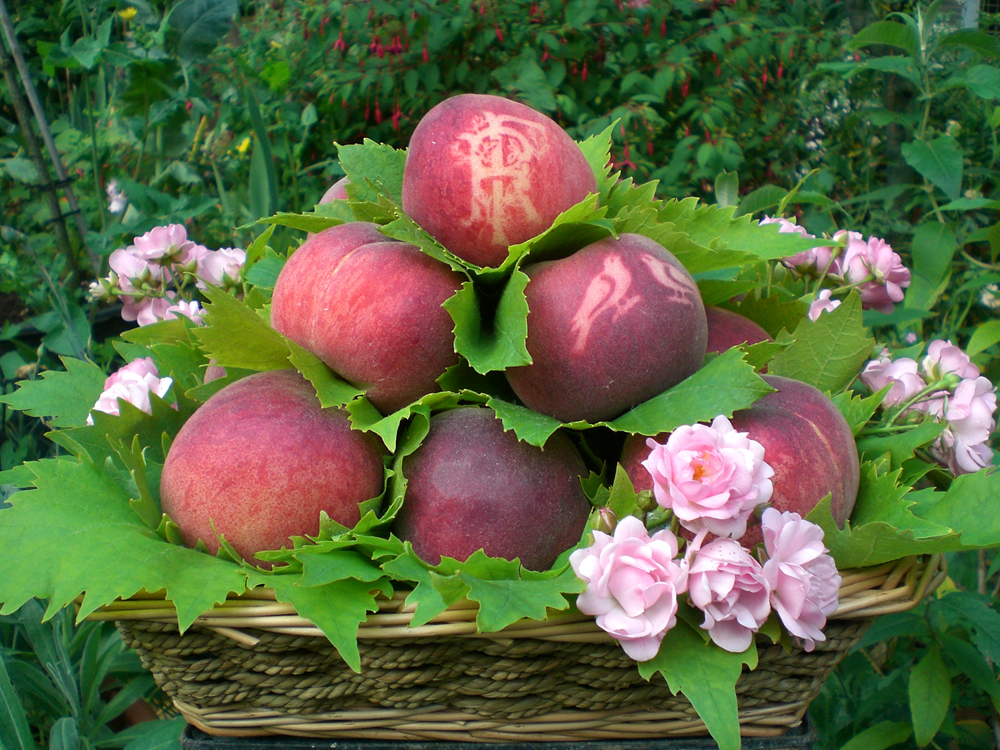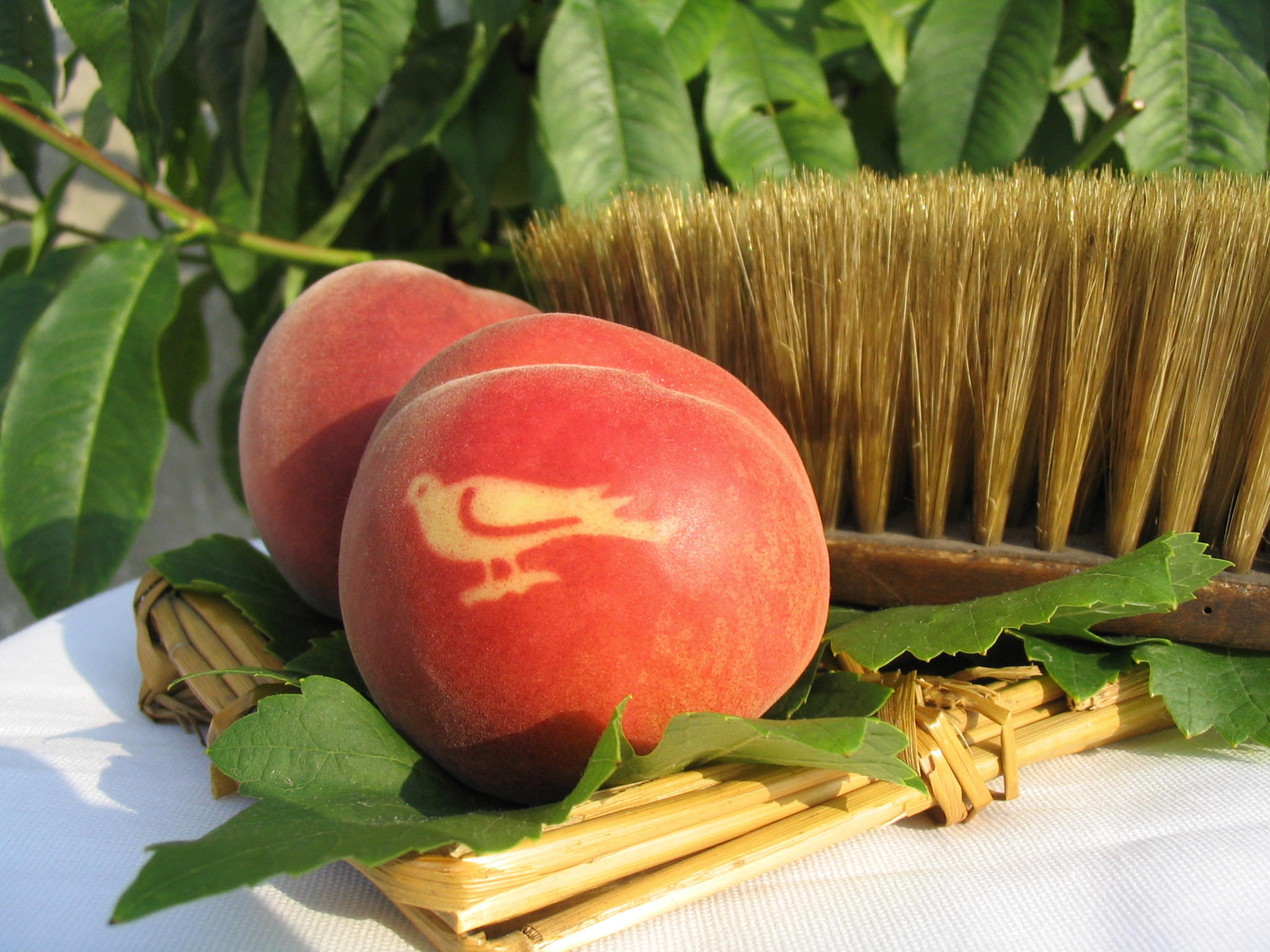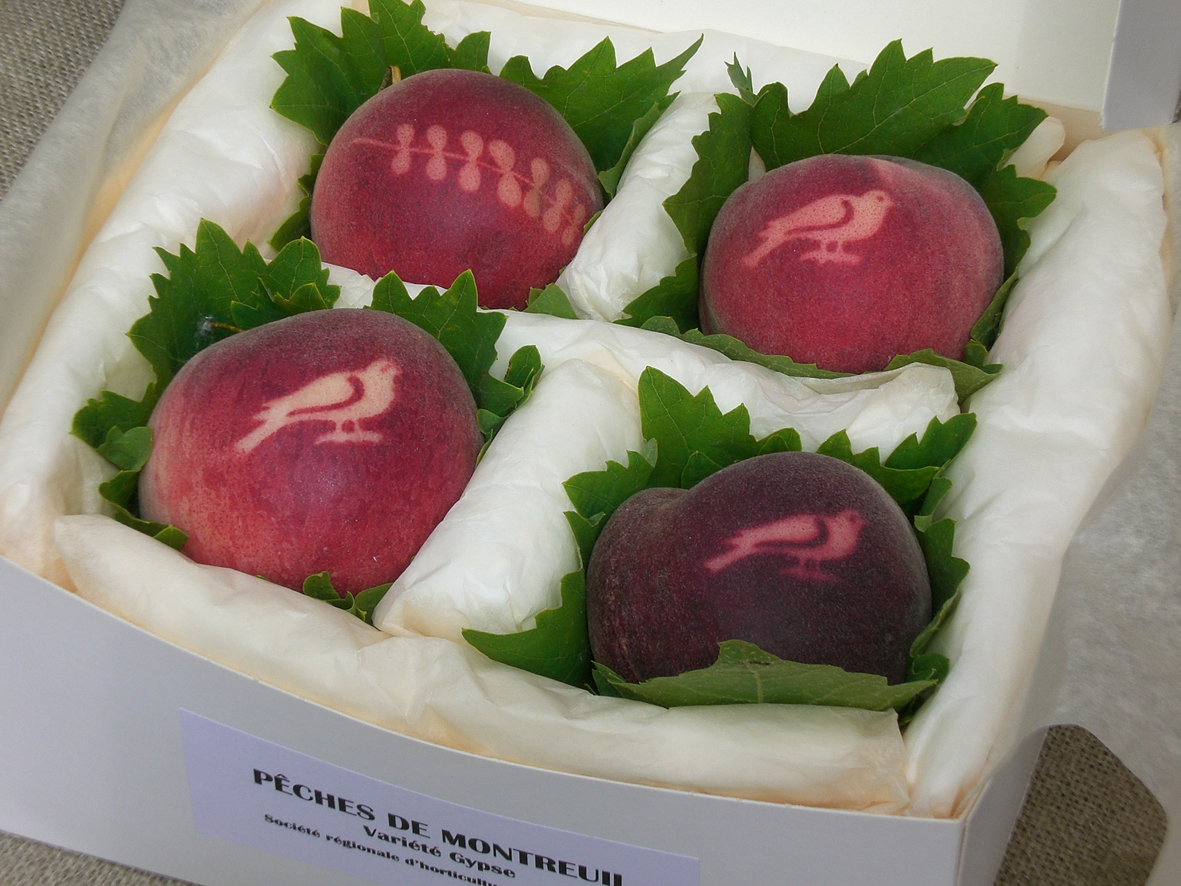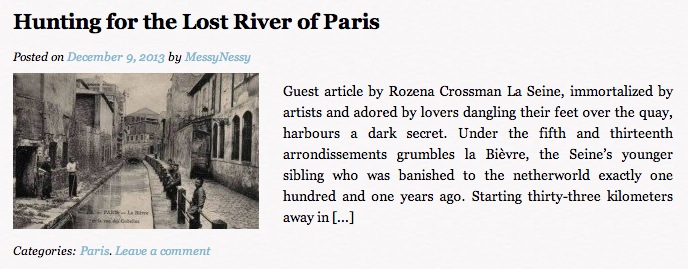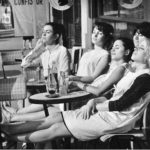Peaches grown right here in Paris? Believe it or not, centuries ago, Paris became home to a thriving peach farming industry that produced up to 17 million fruits a year– and even today, a little-known community of cultivators are still growing them in the very same orchards. These were the original greenhouses.
Established during the seventeenth century, in a prominent neighbourhood of the eastern edge of Paris known as Montreuil, a 300 hectare maze walls and agricultural plots provided a unique and unlikely microclimate for the fruit, normally suited for cultivation in warmer areas such as France’s Mediterranean coast.
The peculiar architecture, known as “Murs à pêches”, wall for peaches, served to protect peach trees planted near the walls and adapt them to a much colder environment than the fruit is typically used to.
The 3 meter high walls were more than half a meter thick and coated in locally sourced limestone plaster, giving them a high thermal inertia and the ability to store heat. Their intentional north-south orientation allowed solar energy to be stored in the walls during the day and transmitted to the trees during the night, preventing them from freezing and accelerating the ripening process. Within these walled orchards, temperatures were typically 8 to 12 °C higher than outside.
With the legendary Parisian marketplace, Les Halles, nearby, the peach farmers of Montreuil had a guaranteed market for their product. The Parisian ‘pêchers’ of Montreuil became famous within high society, supplying peaches for the court of Versailles and French nobility in the 17th century. Even the Queen of England, the Prince of Wales and Russian Tsars came to the peach orchards of Montreuil to taste the unique varieties of Parisian peaches.
They were sought-after luxuries that were exported to royal tables of neighbouring countries, traditionally marked by special artisanal stamps on the fruit, unique to Montreuil.
Many varieties of peaches now grown worldwide were first discovered in the improbable urban setting of Paris.
The industry reached its peak in the 1870s and as the dawn of the 20th century grew closer, the production of Parisian peaches went into decline. The extension of the railway played its part and the arrival of cheaper produce on the market saw the orchards deteriorate and disappear into the urban fabric.
Later at the very end of the 19th century, greenhouses built against fruit walls were found to improve production from the solar energy alone and the walls lost their purpose entirely. Today 17 km of deteriorating walls remain of the original 600km maze that was once the celebrated “Murs à pêches”.
Urban agriculture still found a way to exist on the remaining 37 hectares until the 1970s when the area was sliced in two by the construction of Paris’ main high way encircling the city limits. The 1980s and early 90s saw Montreuil decline into a lawless poverty-stricken neighbourhood and the picturesque Parisian orchards that once harvested peaches fit for the Kings and Queens of Europe, were all but a distance memory.
Despite the pressures of urbanization, the heritage of Montreuil remains defiant. The original walls for peaches are still visible and standing, some in worse condition than others, in the quartier of Sainte Antoine between the Rue de Rosny and the rue Pierre de Montreuil.
The neighbourhood has since dramatically improved and there are local associations and organisations fighting for the protection and resurrection of the historic farming culture….
Photographe by Marie Bouillon via Murs à Pêches
Since 2003, thanks to the persistence of the Murs à pêches association, 8 of the 37 hectares were classified by the Ministry of Environment as protected sites, holding on to the rest as land reserve for future urban planning. In 2006, the organisation was able to raise € 24,000 to buy a portion of the land and restore and re-plaster over 20 meters of the walls.
Photograph by Yves Brunet via Murs à Pêches
Volunteers and specialist horticulturalists have been hard at work bringing this Parisian garden of Eden back to its former glory, while efforts are still ongoing to protect those remaining neglected orchards and plots, currently fallow, used as scrap heaps or inhabited by nomads.
In recent years, elected representatives have brought forward proposals to the city for a complete renaissance of medieval orchards. Plans include restoring agricultural commerce to the area by reviving the production of organic produce (peaches included of course), as well as the proposal to use the space for educational resources and cultural events, such as al fresco concerts.
Thanks to the restoration efforts by preservationist organisations so far, the orchards are an unexpected and beautiful urban escape, but largely undiscovered by so many Parisians. With the Eiffel Tower peering over the cityscape in the distance, the historical Murs à pêches make for a wonderful Sunday outing, with doors open to the public every week.
The main access points to this little-known gem are at the Impasse Gobétue, (open every Sunday afternoon at 23 rue Saint Just, 93100 Montreuil) and the Jardin d’École (open every second Sunday of the month, except in August at 4 Rue Jardin).
Every year, the Horticultural society of Montreuil (SRHM) which runs the Jardin d’École, organises a neighbourhood festival where they present and sell their produce, including wine from their vineyard, vegetables and of course, those unique peaches grown on the walls of the last orchards of Paris.
A list of events and activities are listed here for the Jardin d’École and its museum, including the monthly “measuring of the peaches”. For more information about visiting or getting involved with the newly protected orchards and Murs à Pêches, you can find it here. Bus routes 102, 121 stop at Danton and and route 122 stops at St Just.
:::
YOU MIGHT ALSO LIKE:
.


